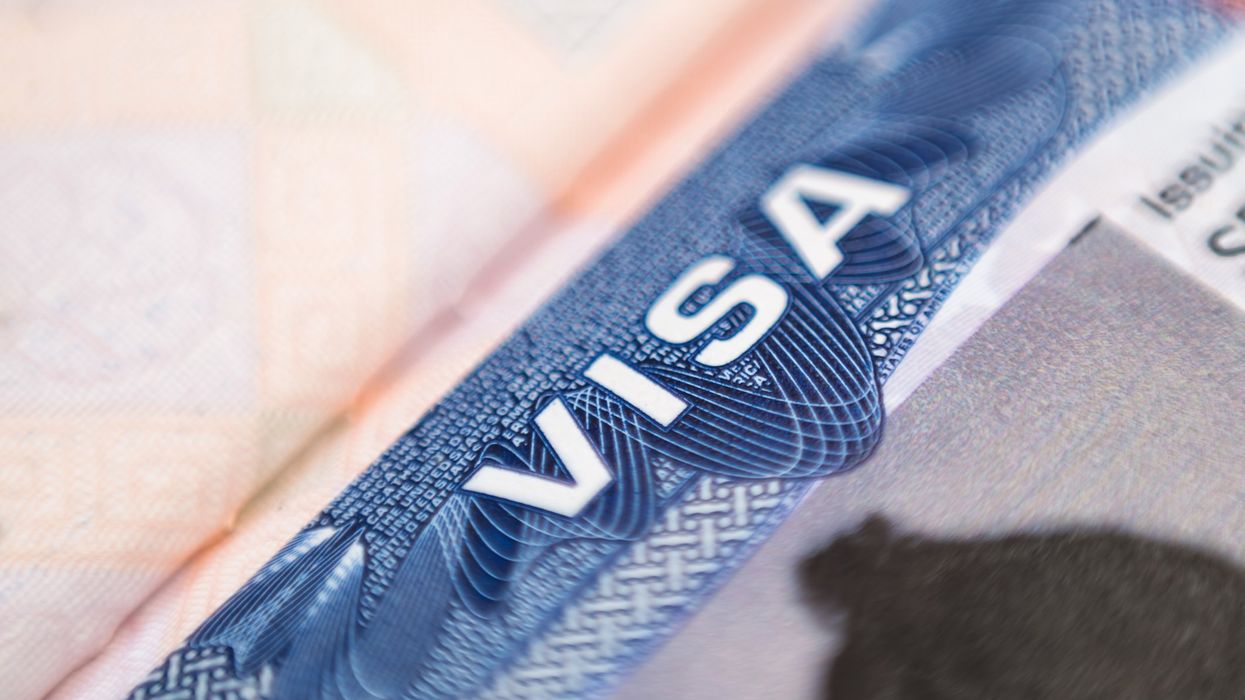Pruthi is a professor of entrepreneurship at San Jose State University, where she is a co-founder and director of HonorsX, and a public voices fellow with The OpEd Project. Kharbanda is a senior at Presentation High School in San Jose, Calif.
California lawmakers recently approved two bills banning grocery and convenience stores statewide from offering customers reusable plastic bags. These bills are the next step in combating plastic waste, but what about the waste from mass consumerism that has come to pervade our lives?
Through the past decades, we have been trained to shop, purchase and consume products to solve our problems. While mending old clothing or refurbishing used goods have become things of the past, new products that are ubiquitously promoted are cramming our stores, screens, mailboxes and nearly every aspect of our lives.
Growing up in the digital age, Gen Z is the prime target for this consumerist culture. Their lives are catered toward finding flaws with what they currently own and buying the next best thing. In the process, our world lays waste, proving the disastrous effects of those spending habits.
According to the U.S. Bureau of Labor Statistics, in 1930, the average American woman owned nine outfits. Today, that figure is 30 — one for every day of the month. Much of this clothing is hoarded. The Daily Mail reports that women in the U.K. buy half their body weight in clothes each year, storing 22 unworn items on average in their closets. While those who have the luxury to buy in excess live in momentary bliss, young women and children who are exposed to toxic chemicals in factories that manufacture those items pay the price.
We are deeply alarmed by the wicked social problems facing our world, and we need to reawaken Gen Z’s consciousness on an urgent basis.
The origins of mass consumerism
Late Capitalism, a concept refined by German economist Werner Sombart, refers to the drastic expansion of goods and services in the West after World War II. As the U.S. solidified its role as a global leader, technological innovation ushered an era of prosperity. American citizens were able to buy a variety of goods and services like never before; in reality, they became “consumers.”
This philosophy was not a sudden mistake, but a calculated attempt to build the U.S. economy while depleting resources to generate profits and uncritical consumers who submit to the system of mass production and mass marketing, an ever-widening abundance of goods within a culture that emphasizes buying and selling, desire, glamor and flexible, purchase-driven identities.
Mass consumerism became a grave reality with the rise of e-commerce platforms. Today, American consumers are surrounded by hundreds, if not thousands, of options for a singular good, and sellers who use a variety of unethical and exploitative tactics to lure consumers into buying more.
Gen Z’s mass consumerism
Deemed as a trendsetting generation, Gen Z is known to defy expectations and break racial, gender, and social norms. Gen Z is praised for its care of diverse groups of people, its call for action regarding social injustices and its unwillingness to tolerate the status quo. Their preaching of climate activism and boycotting of brands merit accolades. However, Gen Z is also a generation that consumes at an unsustainable rate: clothes, makeup, technology and every other imaginable product.
The rise of e-commerce, trend cycles and social media has magnified these habits. One of the most evident instances of Gen Z's tendency to make large purchases for low prices is in the fast fashion industry. The Chinese online giant Temu’s catchline is “Shop like a billionaire,” whereas stores like Forever 21 and Zara sell the idea of buying luxury on a budget. The more of an item Gen Z consumes, the less satisfaction they derive from each additional unit as the Law of Diminishing Marginal Utility aptly sums up.
According to data from CivicScience, 90 percent of Gen Z between the ages of 18 and 24 report using social media. A November 2022 Statista survey found that nearly 40 percent of Gen Zers in the U.S. spend more than four hours on social media platforms everyday. In “ GenZ and Media-Overexposure to Products Leads to Overconsumption ”, Kyungmin Min discusses the French term “Panoplie,” which signifies a person who believes that their purchase of a particular product places them among a consumer group. From the Kardashians,who promote slim, sun-tanned bodies to rich influencers who advertise exclusive brands and businesses, social media has ingrained the message that if one buys a particular product, they are able to partake in a desired lifestyle.
Infiltrating our phones and cluttering the screens of Tik-Tok, Youtube and Instagram, the aesthetics of “clean girl,” “mob-wife” or “old-money” motivate purchases not only by a simple preference, but by a deeper desire to segment a connection with a social class.
The heart of Gen Z hypocrisy and a call to action
So, what can Gen Z do to address their conscious indulgence in fast fashion and other forms of mass consumerism? They can adjust their behavior to make a difference but they can also be proactive to have their voice heard. Whether it is as climate activists at global conferences or becoming involved in other corporate issues that interest them, it doesn’t matter. Gen Zers can make a difference if they choose to become involved.
To be sure, just 100 of the world’s companies are responsible for 71 percent of emissions. Yet, Gen Z cannot be absolved of their responsibility to combat consumerist culture. Several innovative new businesses like Patagonia and TOMS are socially responsible ventures that are extensions of their founders’ philosophy of sustainable production and consumption. Furthermore, no company can be successful without its customers. Whether it is Amazon, Target, Forever 21, Coca-Cola or Nestle, millions partake in their successes simply through buying their products.
The message for Gen Z is to not forget their own role in working towards a better planet. In addition to calling out companies if they believe profits are excessive they must work through their own actions and motivations to purchase fewer goods. Let’s collectively reduce our identities as consumers and replace them with refusers if we are to eradicate waste and mend the injustices and inequalities that we as individuals believe must be addressed.


















